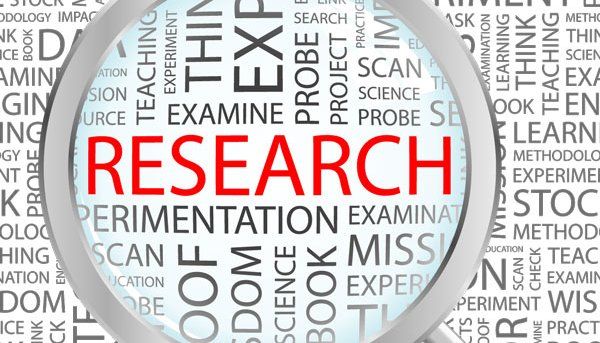Topic 6: Animal Models
Why Animal Models?
We want to diagnose and treat diseases, and hopefully to cure them.
Animal models have a key role. For genetic disorders such as Sturge-Weber syndrome a change in the DNA (in our case an R183Q mutation in GNAQ) causes the disease in people. If we make the same, corresponding change in GNAQ in an animal then it may get a disease similar to SWS. We can try to figure out how to treat (or cure) the animal, then apply what we’ve learned to people.
Little Animals
The animals (also called the metazoans) have major branches on the tree of life including worms, insects, and vertebrates. In biology a famous worm is C. elegans, and a famous insect is the fruitfly Drosophila. If you visit http://wormbase.org and search for GNAQ you’ll see that (unfortunately) there’s no exact worm version. If you visit flybase.org you can find a fly version of GNAQ (http://flybase.org/reports/FBgn0004435). Sturge-Weber syndrome and capillary malformations are discussed, and there are vast amounts of information about how GNAQ functions in flies (e.g. what else it interacts with and how mutations in GNAQ affect other genes). Flies do have brains and eyes, and as fellow animals they share many features with people. But they’re also quite distantly related—we last shared a common ancestor with them about 700 million years ago—so let’s take a look for much closer animal models.
Mighty Mouse and Zebrafish
Mice and fish both make great animal models for human diseases. They each have a set of genes that’s extremely closely related to human genes. (Who knew!) There are efforts to knock out each of the genes of mouse, and each gene of zebrafish. You can read about this at http://www.informatics.jax.org/ and at http://zfin.org/. And all these knockouts and mutants are made available to the research community.
Now, for SWS we want to do something other than knock out a gene: we want to make an activating mutation (it’s our familiar R183Q change in GNAQ) and study its effect. The same mutation in the same gene is a cause of uveal melanoma. Several labs (led by Catherine van Raamsdonk and by Silvio Gutkind) have already made mouse models, published them, and shared their special mice. They focus on other mutations in GNAQ (called Q209L or R183C) and they focus on the effects on other cell types (melanocytes for the melanoma rather than endothelial cells for Sturge-Weber syndrome). But work is well underway to make both fish and mouse models for SWS. We look forward to several groups reporting their findings very soon.
If you’re curious to see information on a GNAQ mouse model go to http://www.informatics.jax.org/, enter GNAQ, and you can find a list of available mouse models
[ http://www.informatics.jax.org/searchtool/Search.do?query=gnaq&page=featureList ]. It might look like Greek, but you can see information about a typical mouse model here [ http://www.informatics.jax.org/allele/key/614925 ].
So What Do You Do With an Animal Model?
There are lots of ways to make important progress with a mouse or fish model, or other animal model.
· You can see if the animal gets port-wine birthmarks or other vascular changes. I can tell you that yes, indeed they do.
· You can look at the cells to understand how and why they are changed when there is an R183Q mutation.
· You can test drugs to see if they can reverse these changes—and therefore develop clinical trials.
· The goal is to cure the mouse!—cure the fish!—to figure out how to help people.







